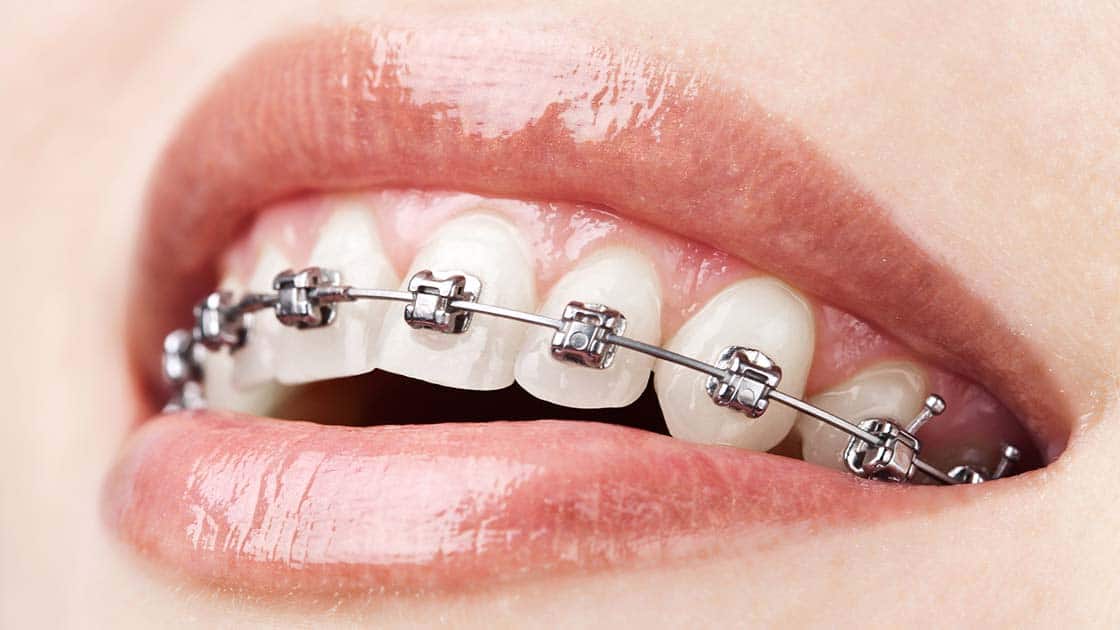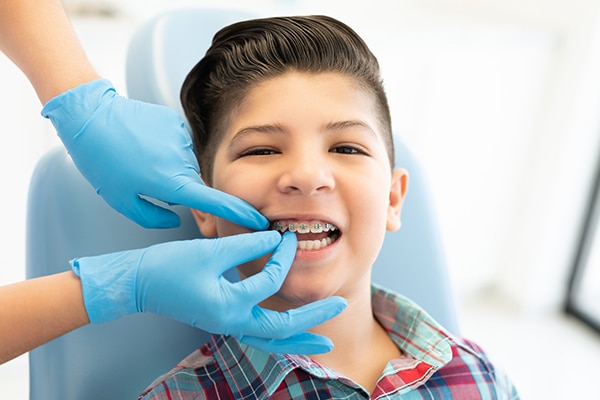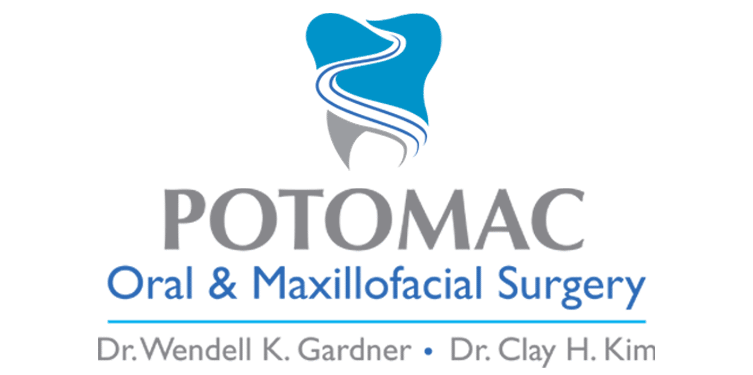
- Dunkirk office: 410-257-5333
- Prince Frederick office: 410-535-2416
Oral surgery procedures are often used during orthodontic treatment for a variety of reasons, including to remove or expose unerupted teeth. Our team works with orthodontic specialists to help assist in the progression of orthodontic treatment. Some of the procedures we offer include:

Dental Extractions
When there isn’t enough room for an orthodontist to successfully move teeth into alignment, extractions can help alleviate crowding. Most often, it’s the bicuspid teeth that are removed. Other times, primary teeth may not have fallen out on schedule, or a permanent tooth may have erupted alongside a primary tooth, rather than pushing it out.
Impacted Tooth Exposure
An unerupted tooth sometimes needs to be exposed to move forward with orthodontic treatment. This involves removing some of the bone and soft tissue overlying the unerupted tooth to be accessed. Once the tooth is revealed and a bracket is attached, your orthodontist can begin to pull your tooth into its proper position.

Temporary Anchorage Devices
Temporary anchorage devices are tiny "screws" placed in the upper or lower jaws to provide a fixed anchor for space closure, molar uprighting, correction of open bites, and other tooth movements. Treatment usually lasts a few months, and once the desired direction has been achieved, the "screw" is removed.
Corrective Jaw Surgery (Orthognathic Surgery)
Used to correct misalignments or other abnormalities in the upper and/or lower jaw, orthognathic (jaw) surgery addresses jaw or tooth alignment problems and improves breathing, occlusion (bite), chewing ability, or speaking. The surgery often dramatically affects appearance as well, although this is usually not the primary reason the surgery is performed. Orthognathic treatment is conducted in stages and can last from a few months to a year or more.
Frenectomies
Frenectomies are performed to release the “frenum,” a connective muscle between two tissues. A labial frenectomy helps prevent a gap between the front teeth by treating the tissue that connects the upper lip to the gums. Lingual frenectomies help relieve ankyloglossia (“tongue-tie”) and improve tongue function by treating the tissue that connects the tongue to the floor of the mouth.
